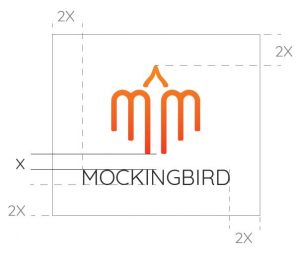We have a problem. One of our blog posts is doing really well. How is this a problem? The post doesn’t really have anything to do with our services.
The Story
In October of 2016, we published this post. It’s about how to set up an email when you already have an existing email account. It didn’t do much at first but slowly began to gain traffic. Two years later it was getting between 800 and 900 organic landing pages every week. The page peaked in mid-January 2019 with over 2,400 landing pages in one week.

The page has generated 227 goal completions and 99,700 sessions. It has a 0.23% goal completion rate, about half of the total average for our website.
The Problem
So the page is generating leads. It has links to it. Where’s the problem?
Well, it’s screwing with our data. I mean, how do you accurately measure how the site is doing if half of the sessions are for a three-year-old page that doesn’t actually have anything to do with legal marketing? Beyond that, since most of our visitors are looking for info on Gmail, does Google think we’re a Gmail support website and are ranking us as such?

The Solutions
In our brainstorm about this page we came up with a few solutions, but no conclusions. I mean, what do you do with a page that’s doing a lot, but not a lot for us. It’s mainly just being a pain when we try to do a quick check of our numbers. This is why we had to think of what to do.
Delete the Page
This was one of the first options to pop up. Maybe we should just delete the page. Get rid of it. If most of the traffic is organic, it’ll just go somewhere else.
But it’s linked to. Sure, not a lot of clicks are coming from links for this page, but we don’t want any of our link value. Even if we redirected the links our domain authority would be impacted. So don’t delete the page.
Deindex the Page
This was one of our more viable options. Deindexing the page would make it so that Google would no longer provide it in relevant searches. The page will still exist, would still be accessible, but wouldn’t get the same number of organic landing pages.
“What would happen to the links?”
Well, we just don’t want to risk the value of our precious links by sending them to a deindexed page. That’s why we’ve gone with option number three:
Ignore the Page
The page isn’t harmful. In fact, it’s bringing in leads. Not a lot, but some. Until we find a way to safely amputate it or until we find out that it’s actively hurting our site, we can ignore it. We can subtract the number of sessions our overachieving page got from our total number of sessions.
And so we concluded our brainstorm. As it turns out, our problem is very minor.
If You Have a Single Page the Drives the Traffic
We know we’re not alone with this issue because we spend all day looking at data from other websites. Chances are if you have one page that gets significantly more traffic than the rest of your site you might also be wondering what to do. Each situation is different, so we can’t give you any direct orders, but we can give you a checklist of things to consider.
Considerations Before Deindexing or Deleting a Page:
- How much traffic is that page driving?
- How many leads/conversions is that page generating?
- How many pages link to that page? Are they improving your domain authority?
- Is the page relevant to your services?
